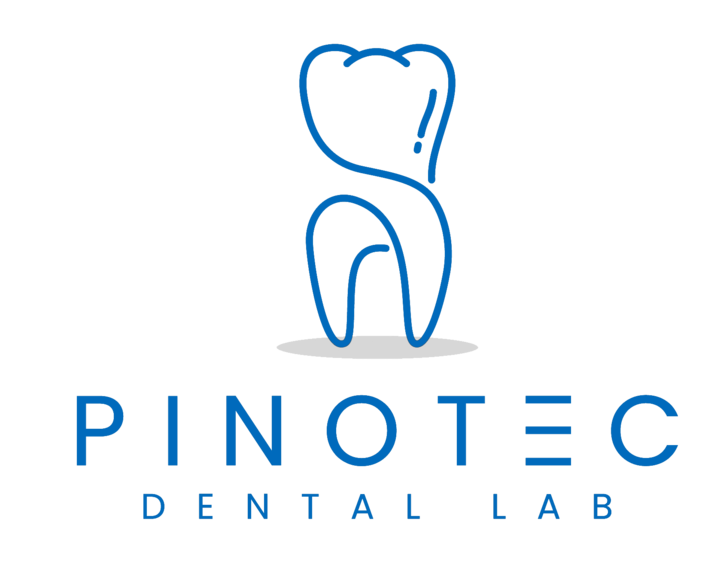Monolithic and Multi-Layered Zirconia are two types of zirconia materials used in modern dental restorations, such as crowns, bridges, and implants. Each offers distinct advantages based on their composition and intended use.
Features
- Material Composition:
- Made of fully dense zirconia, often with a high degree of crystallization, making it strong and durable.
- Available in different forms, such as 3Y (yttria-stabilized zirconia) or 5Y for increased strength.
- Strength and Durability:
- Highly resistant to wear and fracture, making it suitable for posterior restorations (molars and premolars).
- It can withstand heavy chewing forces due to its robust nature.
Advantages of Monolithic Zirconia
- Strength: Extremely strong, making it ideal for high-stress areas like the back of the mouth.
- Longevity: Highly durable with minimal wear on opposing teeth.
- Simplified Process: Single-layer design simplifies the manufacturing and reduces potential for cracks or delamination.
- Cost-Effective: Less expensive compared to multi-layered zirconia due to its simpler production process.
Disadvantages of Monolithic Zirconia
- Aesthetic Limitations: It can appear too opaque or “chalky,” especially in the front teeth, as it lacks the natural translucency and color gradients of real teeth.
- Less Versatile: Primarily used for posterior teeth, as its lack of aesthetics limits its use for front teeth.
Features
- Material Composition:
- Composed of multiple layers with different degrees of opacity and translucency.
- The inner layers are typically stronger, while the outer layers are more translucent and aesthetically pleasing.
- Aesthetics:
- Multi-layered zirconia is designed to resemble natural tooth structure, with gradient color and light reflection, making it more suitable for anterior (front) teeth.
- The outer layer mimics enamel’s natural appearance, and the inner layers provide strength.
- Strength and Durability:
- While slightly less strong than monolithic zirconia, it still offers significant strength for both anterior and posterior restorations.
- The varying layers help balance strength with aesthetics.
- Fabrication:
- Typically requires more intricate processes, such as layering different zirconia blocks and firing them in a kiln.
- More time-consuming and expensive to produce.
Advantages of Multi-Layered Zirconia
- Superior Aesthetics: The layered design provides a more natural appearance, especially in visible areas.
- Light Reflection: Mimics natural tooth structure by replicating the translucency and color gradients of enamel and dentin.
- Strength and Versatility: While it may not be as strong as monolithic zirconia, it still offers good durability for both anterior and posterior restorations.
Disadvantages of Multi-Layered Zirconia
- Cost: More expensive due to the complex manufacturing process and additional layers.
- More Prone to Chipping: The outer layers can be more prone to chipping or wear if not properly maintained or if the restoration experiences excessive forces.
- Longer Fabrication Time: The process of creating multi-layered restorations takes more time compared to monolithic zirconia.
Conclusion
- Monolithic Zirconia is best for durability and strength, especially in the back teeth, where aesthetics is less critical.
- Multi-Layered Zirconia offers superior aesthetics with a natural look, making it the preferred choice for anterior teeth and restorations where both strength and beauty are needed.
Both materials have their place in modern dentistry, and the choice between them depends on the specific needs of the patient, the location of the restoration, and cost considerations.


